What Is Monocular Telescope?
Monocular telescopes, often simply referred to as monoculars, are compact, portable optical devices designed for magnifying distant objects using a single lens system. Unlike binoculars, which use two lenses to provide a stereoscopic view, monoculars offer a single line of sight, making them lighter and easier to carry. This article will delve into the various aspects of monocular telescopes, including their design, uses, advantages, and how to choose the right one for your needs.
Understanding Monocular Telescopes
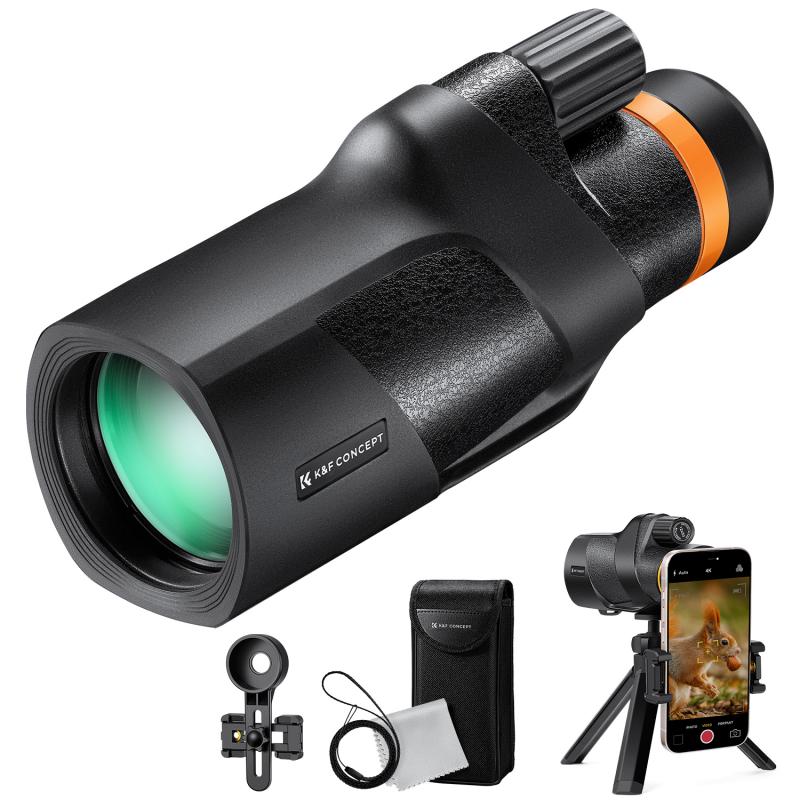
A monocular telescope is essentially a small, lightweight telescope that you can hold in one hand. It combines the functionality of a telescope and a magnifying glass, allowing you to see distant objects clearly. The device typically consists of an objective lens, an eyepiece, and sometimes a prism system to correct the orientation of the image.
Design and Components
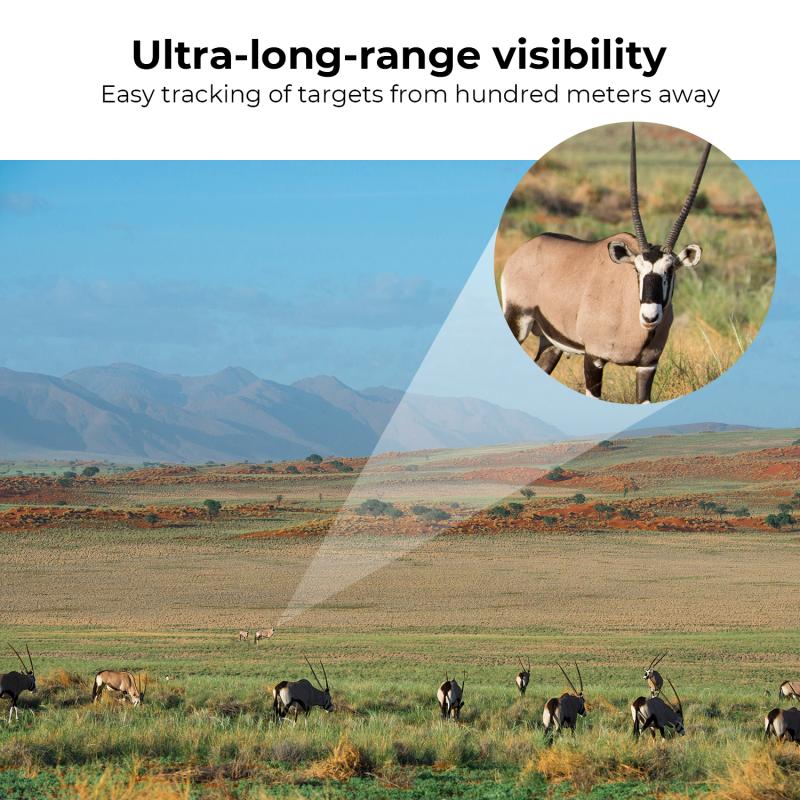
1. Objective Lens: This is the primary lens that gathers light from the object you are viewing. The size of the objective lens determines the amount of light that enters the monocular, affecting the brightness and clarity of the image.
2. Eyepiece: The eyepiece magnifies the image formed by the objective lens. The magnification power of a monocular is usually indicated by a number followed by an "x" (e.g., 10x), which means the object appears ten times closer than it does to the naked eye.
3. Prism System: Some monoculars use a prism system to correct the orientation of the image. Without this, the image would appear upside down and reversed. Common types of prisms used include roof prisms and Porro prisms.
4. Focus Mechanism: Most monoculars have a focus ring or knob that allows you to adjust the focus for a clear image. Some high-end models also feature diopter adjustment to fine-tune the focus for individual eyesight differences.
Uses of Monocular Telescopes
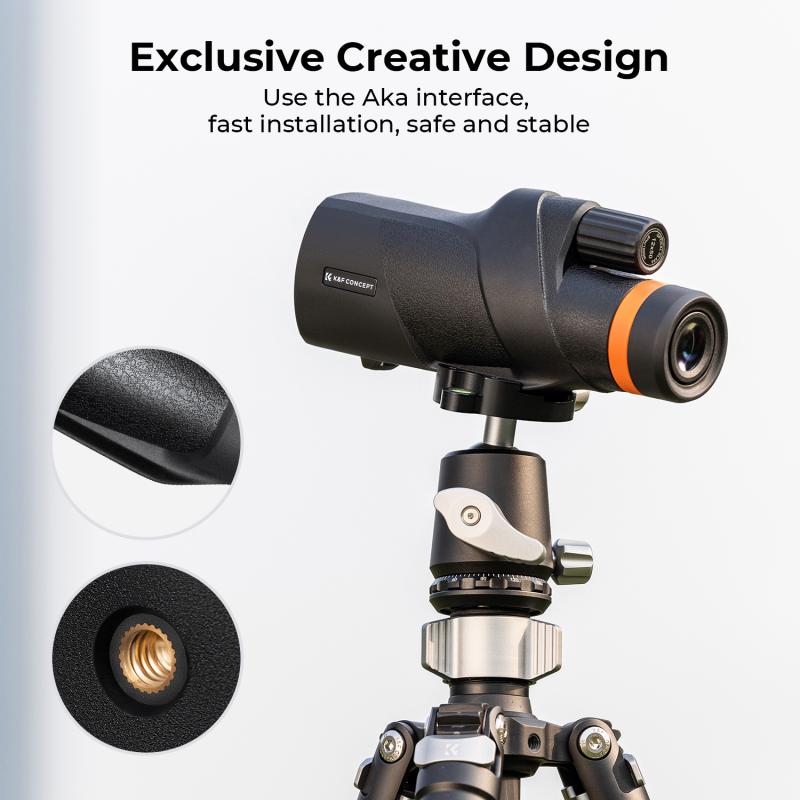
Monocular telescopes are versatile tools used in various fields and activities. Here are some common applications:
1. Bird Watching: Bird watchers often use monoculars to observe birds from a distance without disturbing them. The compact size makes it easy to carry during long hikes.
2. Hiking and Camping: Outdoor enthusiasts use monoculars to enjoy scenic views, spot wildlife, and navigate trails. Their lightweight design makes them ideal for carrying in a backpack.
3. Sports Events and Concerts: Monoculars are handy for getting a closer view of the action at sports events or concerts, especially when you are seated far from the stage or field.
4. Hunting: Hunters use monoculars to spot game from a distance. The ability to quickly bring distant objects into focus is crucial for tracking and identifying animals.
5. Surveillance and Security: Monoculars are used by security personnel and private investigators for discreet observation. Their small size makes them easy to conceal and use without drawing attention.
6. Astronomy: While not as powerful as traditional telescopes, some high-magnification monoculars can be used for basic stargazing and observing celestial objects.
Advantages of Monocular Telescopes
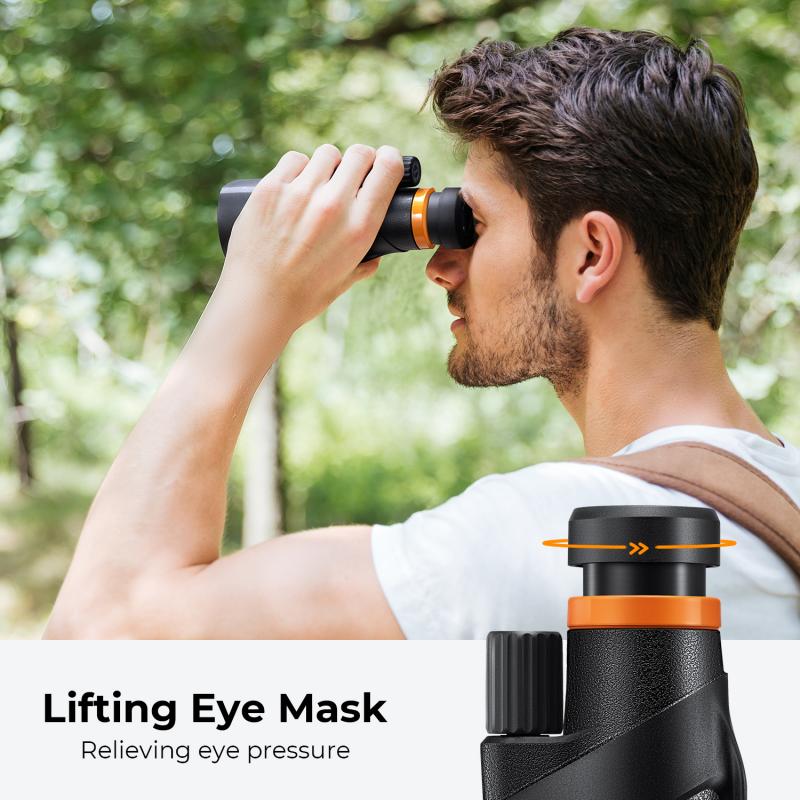
Monocular telescopes offer several advantages over other optical devices like binoculars and traditional telescopes:
1. Portability: Monoculars are compact and lightweight, making them easy to carry in a pocket or small bag. This portability is a significant advantage for outdoor activities.
2. Ease of Use: Using a monocular is straightforward. You simply hold it up to one eye and adjust the focus. This simplicity makes it accessible to users of all ages and skill levels.
3. Cost-Effective: Monoculars are generally more affordable than binoculars and telescopes, making them a cost-effective option for casual users and beginners.
4. Versatility: The wide range of magnification options and designs means there is a monocular for almost every need, from casual observation to more specialized uses.
5. Discreetness: The small size and one-handed operation make monoculars less conspicuous than binoculars, which can be an advantage in situations where you want to observe without drawing attention.
Choosing the Right Monocular Telescope
When selecting a monocular telescope, several factors should be considered to ensure you get the best device for your needs:
1. Magnification and Objective Lens Size: The magnification power and the size of the objective lens are crucial. Higher magnification provides a closer view but can make the image shakier and reduce the field of view. A larger objective lens allows more light to enter, improving image brightness and clarity, especially in low-light conditions.
2. Lens Coating: Look for monoculars with fully multi-coated lenses. This coating reduces glare and improves light transmission, resulting in a clearer and brighter image.
3. Prism Type: The type of prism used can affect the image quality. Roof prisms are more compact and durable, while Porro prisms generally provide better image quality but are bulkier.
4. Field of View: The field of view indicates the width of the area you can see through the monocular. A wider field of view is beneficial for tracking moving objects and observing large areas.
5. Eye Relief: Eye relief is the distance between the eyepiece and your eye where the image is still visible. Longer eye relief is essential for comfortable viewing, especially for eyeglass wearers.
6. Durability and Waterproofing: If you plan to use the monocular in harsh conditions, look for models that are waterproof, fog-proof, and have a rugged, shock-resistant design.
7. Weight and Size: Consider the weight and size of the monocular, especially if you will be carrying it for extended periods. A lightweight and compact model is more convenient for travel and outdoor activities.
Monocular telescopes are versatile, portable, and easy-to-use optical devices that cater to a wide range of activities, from bird watching and hiking to sports events and surveillance. Their compact design and affordability make them an excellent choice for both casual users and enthusiasts. When choosing a monocular, consider factors such as magnification, lens quality, prism type, field of view, and durability to find the best device for your needs. With the right monocular telescope, you can enjoy clear, magnified views of distant objects, enhancing your outdoor experiences and observational activities.


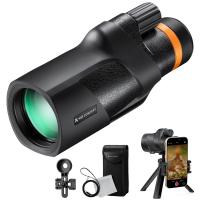

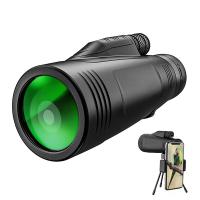
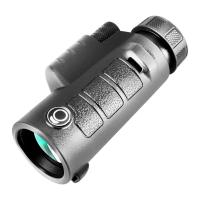

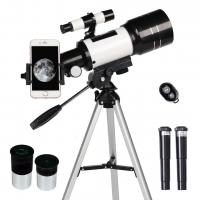
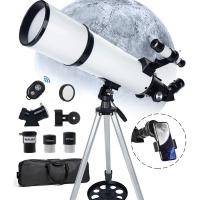

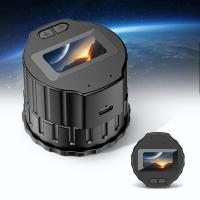
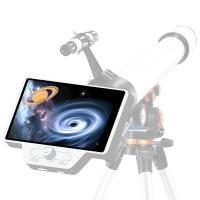
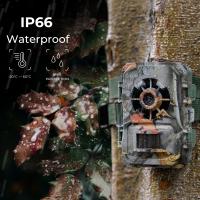


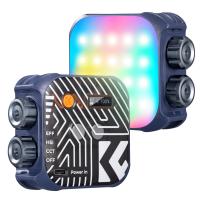



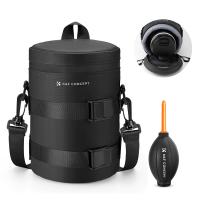

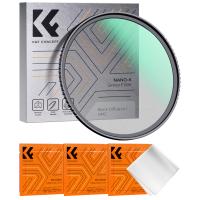
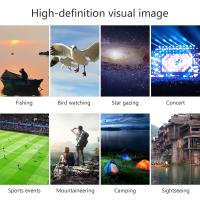
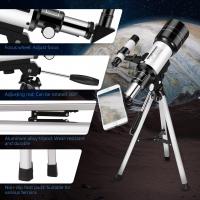

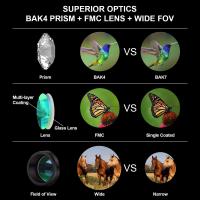

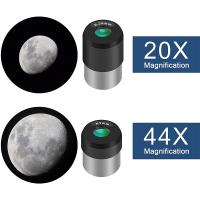
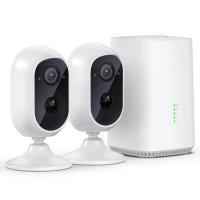


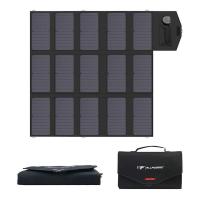
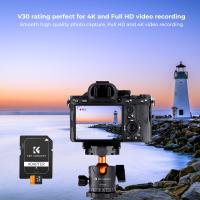
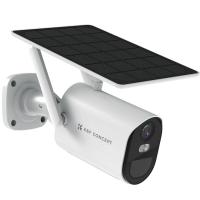
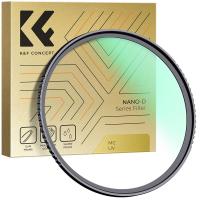
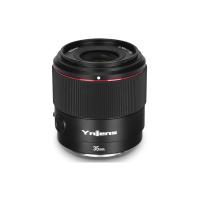

There are no comments for this blog.